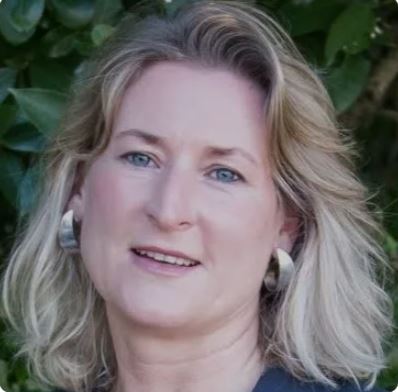
By Sonia Speedy
New research from Te Ara Ahunga Ora, the Retirement Commission, shows the average KiwiSaver balance was up $4,444 compared to last year, on the back of the strong recovery in financial markets. But there was still a notable gap between men and women.
As at December 2023, the average KiwiSaver balance was $31,823. However, the average balance for men was 25 percent higher than that of women, a gap equivalent to $7,314.
Te Ara Ahunga Ora policy lead Dr Michelle Reyers was disappointed no progress had been made in improving the retirement savings gender gap.
“This research continues to highlight the importance of closing gender pay gaps and the impact this has for KiwiSaver balances and retirement. It’s good to see the gap hasn’t widened in the past year. In 2021 we saw the gender savings gap go from 20 percent to 25 percent in 2022,” she says.

While many members have lower KiwiSaver balances than it would like to see, Dr Reyers says the cost-of-living pressures many are facing are contributing to this.
“However, lower KiwiSaver balances have a significant impact, particularly on women who need to fund their retirement for longer.”
The research was carried out for Te Ara Ahunga Ora by Melville Jessup Weaver with the report based on the data of more than three million members, with total balances of $104.21 billion.
It follows on from research released by Te Ara Ahunga Ora and AUT in April, that revealed the gender pay gap was also impacting KiwiSaver contributions – not just balances. While men and women were contributing to KiwiSaver at the same rate (in percentage terms), this translated into a smaller dollar amount in total for women than men.
The widest gaps are between men and women in their 40s and 50s, with women in their 50s having approximately 17,000 less (or 26 percent) in their KiwiSaver than men. This likely reflects the gender pay gap, time out of paid work, and the higher percentage of women in part-time work.
Dr Reyers says the data it is collecting on KiwiSaver allows it to perform analysis like never before.
“It exposes some clear imbalances which tell us that if we don’t make changes, we are on a pathway to continue seeing the inequalities we are already seeing in our retirement population for decades to come.”
For more see www.enrichretirement.com




































